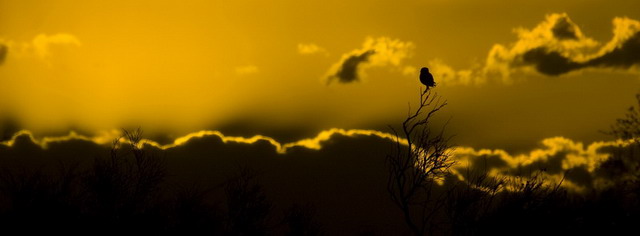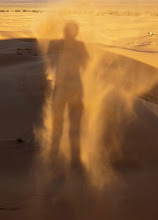I don't usually post links, but I'll make an exception. Ridgway's Hawks (endemic to the Dominican Republic) are critically endangered and only 80-120 breeding pairs survive. The species is sadly (and dangerously for its long term survival) restricted to a single population in los Haitises National Park. Until now. In 2009, working for the Peregrine Fund, I was in charge of the first of a series of reintroductions aiming at starting a new population in the southeast region of the country, where the bird had previously gone extinct. But that was just the beginning. Since then, birds have been released yearly by the Peregrine Fund, and this summer the first pair nested, hatched a fledged a chick in the new population! I can't begin to explain how happy I felt when I got the news a few weeks back. Although there is still a lot of work to do, this in itself is a great success, a reason to be optimistic and to believe that Costeau was right:
"If we were logical, the future would be bleak indeed. But
we are more than logical.
We are human beings, and we have faith, and we have
hope and we can work."
Congrats to Russell, Thomas, Nogini, Chivero and everybody else who has made this possible.
Normalmente no pongo links, pero la ocasión lo merece. El gavilán dominicano (endémico a la República Dominicana) está en peligro crítico de extinción, con tan sólo 80 a 120 parejas. Para colmo, todas se encuentran en una única población, con el peligro que eso conlleva para la supervivencia de la especie. Hasta ahora. En 2009, trabajando para el Peregrine Fund, estuve al cargo de la primera de una serie de reintroducciones con vistas a crear una segunda población en el sureste del país, donde la especie se había extinguido. Eso fue sólo el principio. Desde entonces, la gente de Peregrine Fund ha seguido con las reintroducciones y este verano la primera pareja de gavilanes reintroducidos anidó y ha conseguido sacar adelante un pollo! No os podéis comenzar a imaginar la alegría que me dieron hace unas semanas cuando me lo contaron. Aunque falta mucho por hacer, es todo un éxito, motivo de optimismo y me hace pensar que Costeau no iba equivocado:
"Si fuéramos lógicos, el futuro sería sombrío, sin duda alguna. Pero somos más que lógicos.
Somos seres humanos, y tenemos fe, y tenemos esperanza y podemos trabajar."
Enhorabuena a Russell, Thomas, Nogini, Chivero y todos los que lo ha hecho posible.
SN back in 2009. They tell me she is now in full adult plumage and still often seen in the area.
SN en 2009. Me cuentan que siguen viendola a menudo, aunque ahora ya tiene el plumaje de una hembra adulta.
ps. I promise to go back to more photos and less chit chat for the next post!
pd. prometo poner más fotos y menos rollo la próxima vez!













































